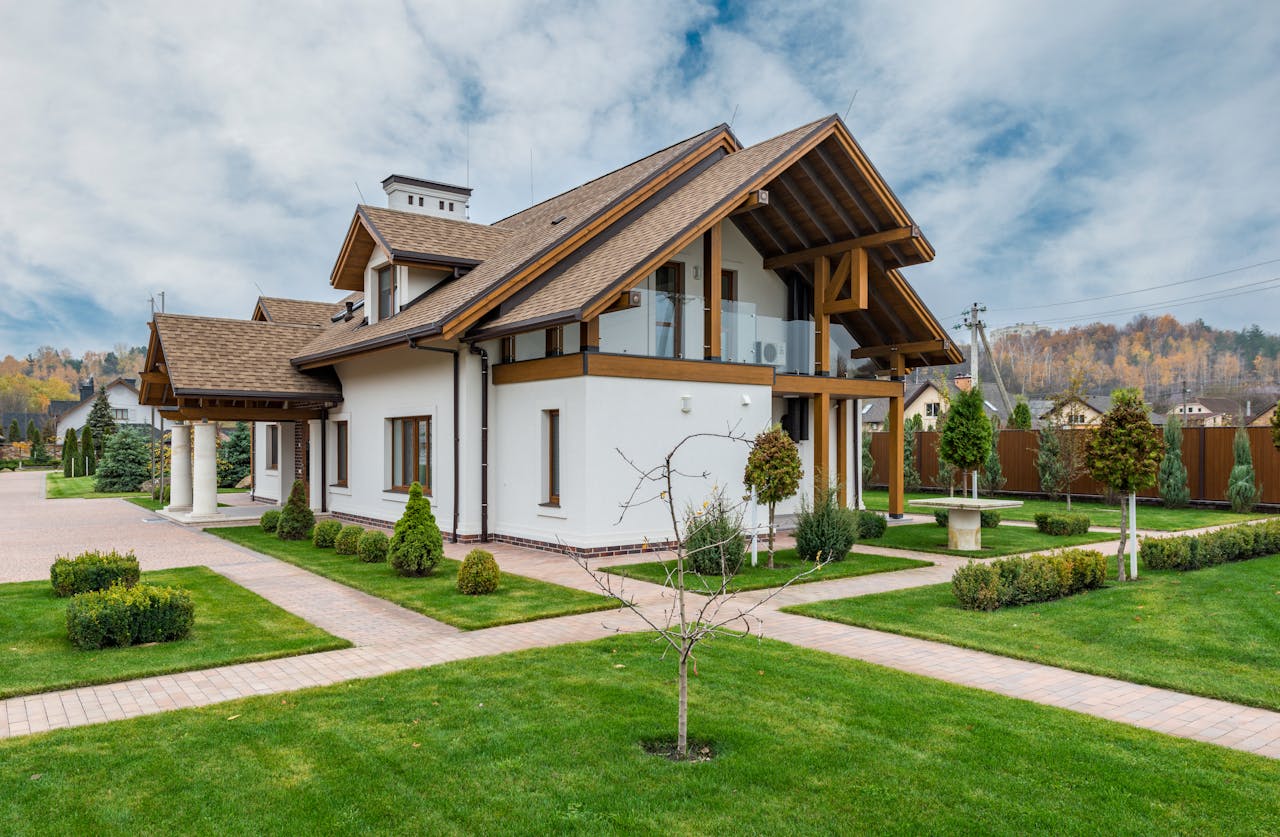How to Design a Beautiful, Functional Outdoor Space

Designing an outdoor space can add to your property's aesthetic appeal and functionality. Whether you're planning a cozy backyard retreat or a grand space for entertaining guests, you want to introduce beauty and purpose in your design.
To create an ideal outdoor environment, consider the layout, materials, and plant selection. The thoughtful organization of these various components can result in an inviting area that caters to your lifestyle needs. Take a closer look at some aspects of outdoor space design to help you create a stunning and practical area.
Define Your Outdoor Space
Evaluate how you intend to utilize your outdoor space. Will it serve as a vibrant area for social gatherings or a peaceful sanctuary for relaxation? The purpose of the space directly influences the design approach you should adopt. Draw a layout that defines sections of swimming within your garden. Include areas for gardening, lounging, and barbecuing for enjoyment. This multi-functional layout can be tailored to accommodate guests, family, and your preferences.
Incorporate pathways to guide visitors through the space and still maintain privacy. Create distinct zones for cooking, dining, and lounging. Utilize features like trellises or garden walls to delineate these zones and contribute to the appeal and aesthetic of your design.
Select the Right Materials
When selecting materials for your outdoor space, consider a balance between aesthetics, durability, budget, and maintenance requirements. Composite decking provides the look of real wood but comes with less upkeep, allowing you to focus on enjoying your outdoor oasis rather than maintaining it. But before jumping into the investment, knowing the cost of composite decking can determine its viability in your budget and design concept. For walkways, use pavers or gravel that improves the natural beauty of your landscape. Stone can blend seamlessly into the environment, whereas concrete options can be stained or stamped to reflect your unique style. When you carefully select the appropriate materials, your outdoor space remains inviting and functional for years to come.
Landscaping for Unforgettable Visual Appeal
Landscaping helps you achieve a visually stunning outdoor environment. Integrate a diverse array of plants, trees, and flowers to create layers of color, texture, and height. Native plants require less water and offer resistance to local pests, an ideal choice for sustainable gardening. Strategically placing greenery can frame views and create visual anchors.
Incorporate seasonal blooms to add vitality and constant change throughout the year. Choose flowering plants and lush foliage for an opportunity to improve the overall atmosphere and encourage relaxation and connection with nature. Group plants in odd numbers for a more appealing look, leaving space for the plants to grow and fill the area as they mature. Incorporate paths, retaining walls, decorative stones, and other hardscapes to add structural beauty.
Comfort with Outdoor Furniture
Select outdoor furniture that is both aesthetically pleasing and capable of providing the comfort you seek. Sofas and lounge chairs with weather-resistant fabrics can create a cozy environment for leisurely afternoons or evening gatherings. Opt for multifunctional furniture that can maximize usability and minimize clutter. Pairing your furniture with durable cushions and throws can also elevate the comfort levels. Outdoor rugs add warmth as well and can define spaces for thematic design.
Organize your furniture and seating areas. Accompany furniture with amenities like side tables for better functionality and make your outdoor environment more inviting. When you create a comfortable and stylish outdoor space, it encourages frequent use and enjoyment.
Lighting for Ambiance
Lighting can fundamentally transform your outdoor space, extending usable hours into the evening. Layering lighting types is an effective strategy that combines functionality with visual appeal. Consider ambient lighting for overall illumination, task lighting for specific areas, and accent lighting to draw focus to your landscaping features.
Path lights illuminate walkways and add a charming touch. String lights can create a whimsical atmosphere, transforming your patio or deck into an enchanting oasis at night. Incorporate fixtures that are energy-efficient to save money on long-term electricity costs. Adjust the lighting intensity where appropriate, allowing for softer lights in leisure areas and brighter lights near dining or cooking spaces.

Creating Privacy and Enclosure
If you wish to create a personal retreat, take privacy into account. Consider elements that naturally offer enclosure, such as tall plants, fences, or decorative screens. These structures define your space's boundaries and boost security and solitude. Vertical gardens can also display a vibrant collection of plants that provide privacy and beautify your surroundings. Utilizing arbored trellises with climbing vines further enriches the visuals. Soft features like outdoor curtains can also invoke a cozy feeling while allowing you to control the sight lines into your area.
Fountains, ponds, and other water features can also give an added sense of retreat by masking external noises. Through careful selection of enclosures and privacy strategies, you can achieve a serene oasis in your outdoor space that allows for personal relaxation and enjoyment apart from the world outside.
Designing a beautiful, functional outdoor space is about marrying aesthetics with purposeful design. From defining areas to selecting materials, each choice contributes to the feel of your environment. With these tips, you can create a meaningful outdoor experience that reflects your personality and lifestyle.
Published 5/29/25